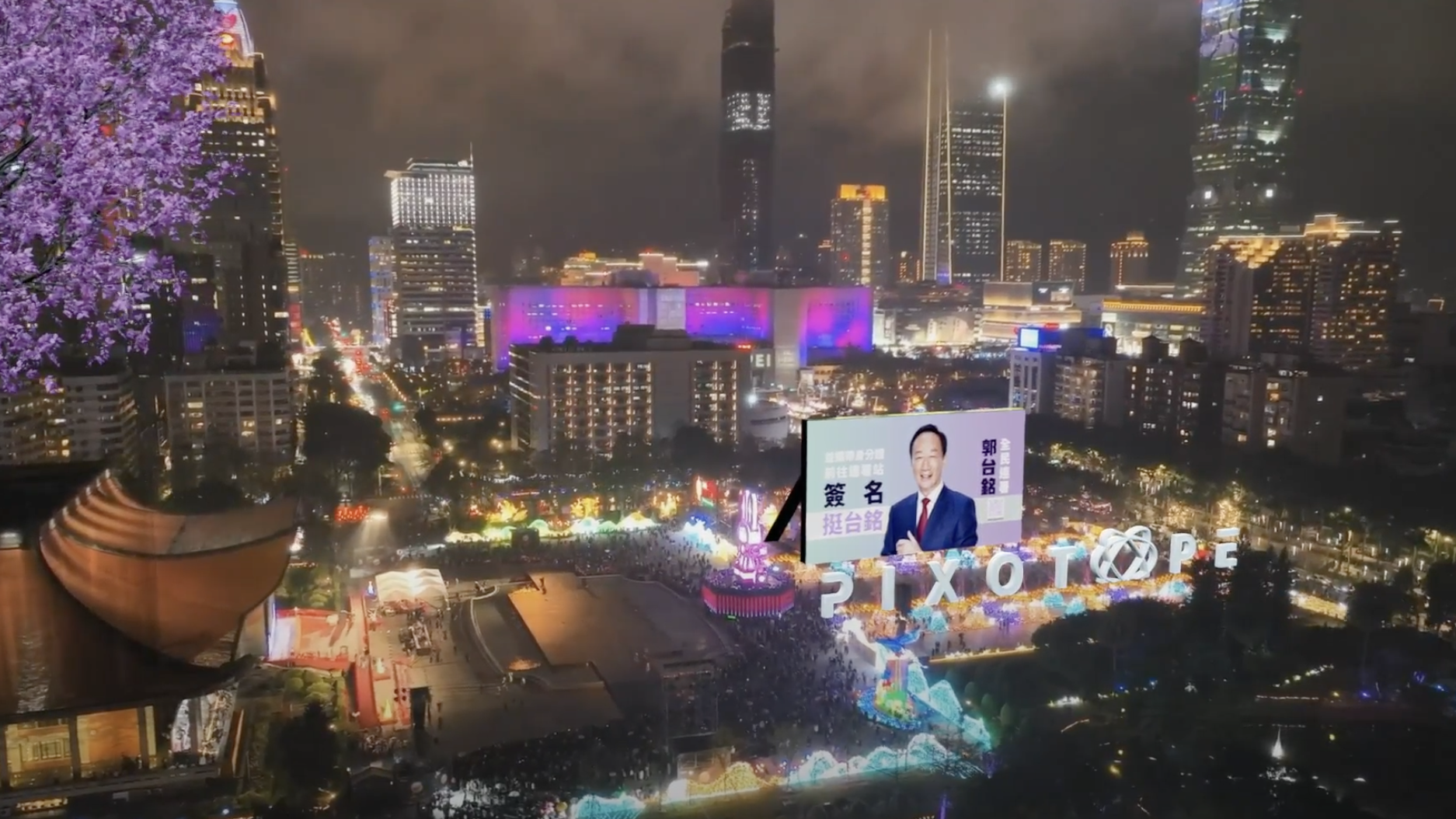Pixotope has added zoom capabilities to its through-the-lens (TTL) camera tracking software solution, Pixotope Tracking-Fly Edition (Pixotope Fly). This solution gives broadcasters and content creators access to zoom capabilities beyond the current limitations of one fixed lens position on drones and other cameras. This enables more dynamic shot composition for augmented reality (AR), extended reality (XR), and virtual studio (VS) workflows with greater simplicity during live broadcast events, whether they’re indoors, outdoors, or in the studio. This new feature enhances content quality and production efficiency with the ability to zoom in and out of a space without physically having to move the camera closer or farther away.
“We’re not known to back down from a challenge,” says Gideon Ferber, Senior Vice President of Product at Pixotope. “The subject of adding zoom capabilities to markerless TTL camera tracking has long been thought to be impossible, until now. With the ability to zoom, users experience the creative freedom to capture more dynamic and engaging shots while still enjoying the same streamlined setup and operation that Pixotope is known for. With the introduction of this capability, we’re opening up new creative possibilities and delivering greater operational efficiencies in the process.
[We Went for an Off-Road, VR Adventure and It Was Awesome]
With Pixotope Fly, broadcasters are given an accessible out-of-the-box tracking solution to incorporate AR graphics indoors, outdoors, or in studio environments with precision and flexibility. Thanks to its advanced computer vision technology, the TTL tracking solution uses visual feature points like geological formations, tree patterns, or architectural details to dynamically anchor the AR graphics and create a virtual point cloud reference system that adapts seamlessly to changing conditions. This effectively eliminates the need for tracking hardware, such as physical markers, camera and lens encoders, and the associated costs that come with them. As a result, there is a notable reduction in both complexity and cost, increasing overall efficiency and accessibility for broadcast operations of all sizes while providing unparalleled creative freedom with a level of accuracy and flexibility that was previously unattainable.
[Everything We Know about the Vegas Sphere, So Far—A Running Blog]
The addition of dynamic zoom capabilities to Pixotope Fly is paving the way for virtual production adoption with benefits such as:
- Enhanced Operator Experience: Marker-based systems limit the type of shots an operator can capture due to restrictions like close shots requiring physical proximity and tracking disruptions in confined settings. Pixotope Fly zoom capabilities streamline production by eliminating the need for marker placement, allowing for reduced resource costs, enhanced tracking stability, and a wider range of lens options for more captivating and diverse shots without the headache.
- Expanded Creative Flexibility: Pixotope Fly's dynamic zoom functionality eliminates constraints associated with fixed camera lenses. This update empowers creators to capture intricate shots while maintaining consistent tracking. This milestone lets audiences get closer than ever before and grants creators unprecedented flexibility and creativity in their productions.
- Elevated Viewer Experience: Allowing for the capture of complex imagery with a broader range of lens options, viewers can now expect even more dynamic and visually stunning shots, elevating the overall quality of content. Providing an incomparable level of immersion to the audience, producers can ensure every frame is a captivating visual experience that exceeds expectations.
